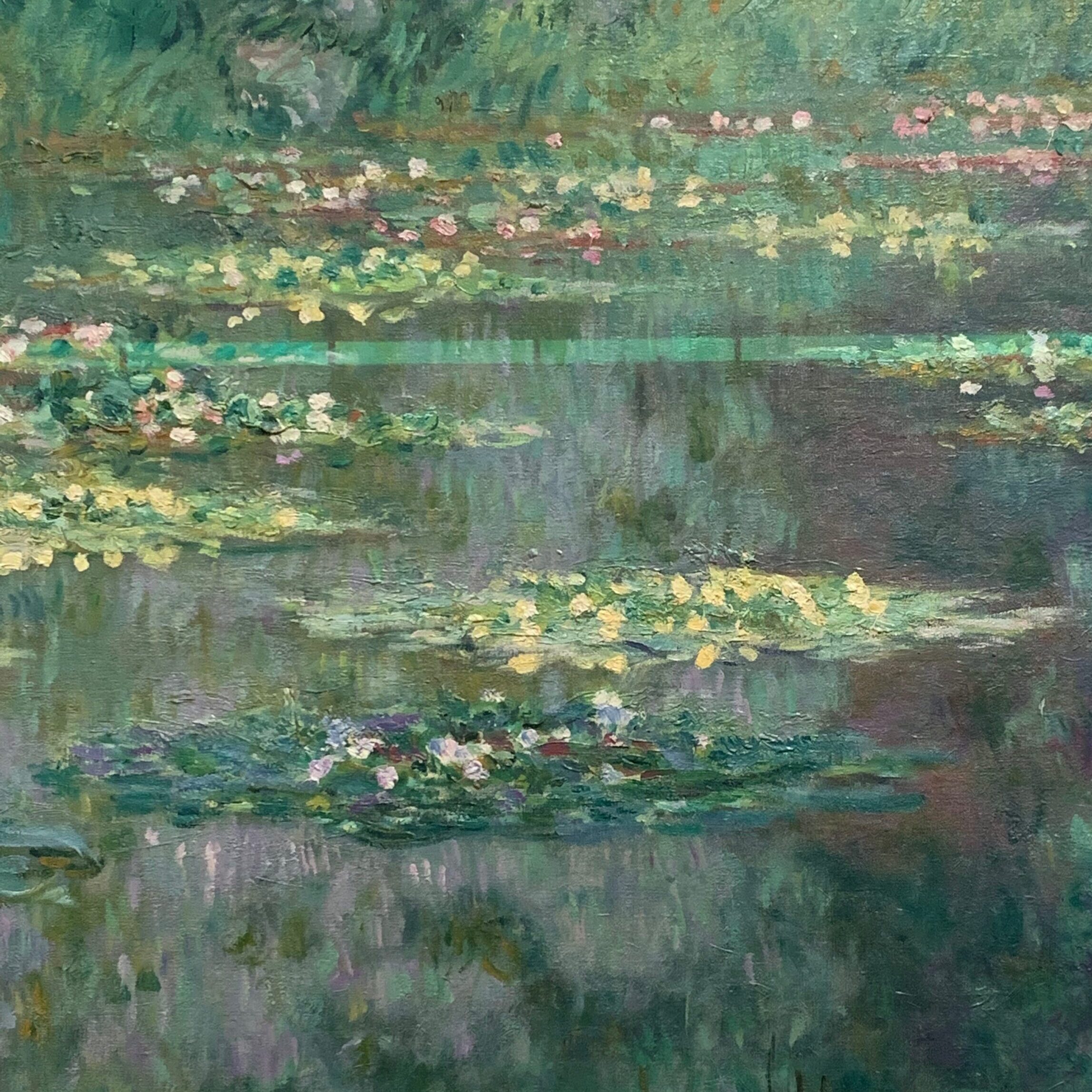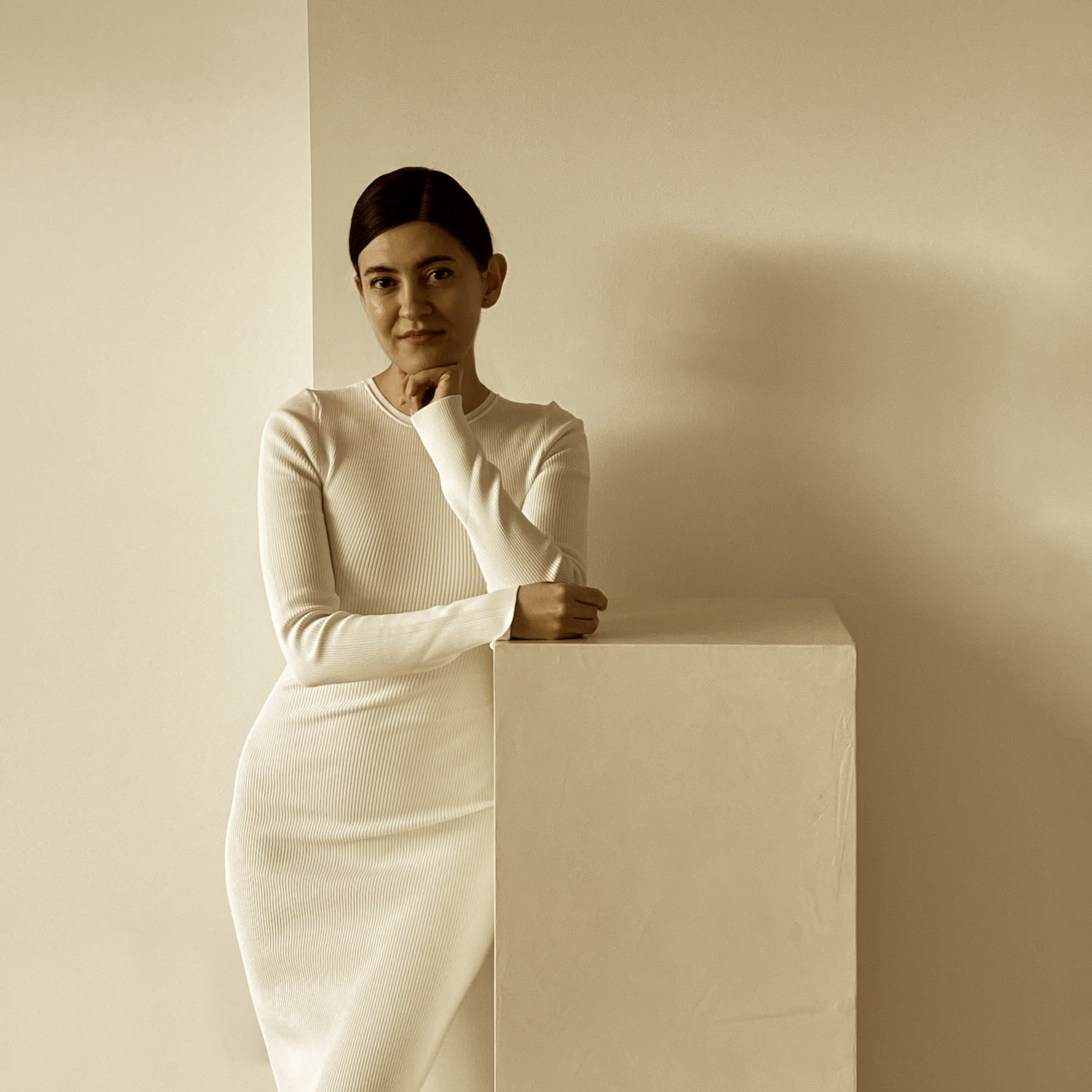In the late 1880s, Monet rented a house with surrounding gardens in Giverny and after a few years, he purchased the property and the surrounding land to build up his gardens. He continued to build and design landscapes on his Giverny property and his gardens evolved over the years which eventually included lily ponds. The water lilies and the pond became the main inspiration and subject of his paintings during this period. The early paintings of the period start with a series of vertical paintings displaying the Japanese bridge of his garden which he built over the narrowest part of his pond. The Water Lilies series is a large-scale painting with the water lilies of his gardens shown in changing light and seasons.

In The Water Lilies paintings, Monet plays with light and colors to show the lilies, reflections, water and the movement in the landscape, opening the path to freedom of expression and later on the Expressionist movement. The reflections of the sky and the scenes from the gardens in the water are mostly the focus of the paintings as the colors are blended with one hue smoothly transitioning into another. The lilies are painted on the water so beautifully as if one is looking at the beautiful landscapes of his gardens in Giverny and yet no element has a definite shape or is in its traditional form and composition.
subscribe to our newsletter

my name is aidin belganeh and i am the founder and chief creative director at bluebeige designs. i graduated with a bba degree in marketing from southern methodist university in 2012. while working in creative marketing and ux design, i realized my passion for architecture and design. i then enrolled at new york school of interior design, nysid, to pursue a career in interior design.
i started bluebeige designs shortly after. bluebeige designs is a design studio focusing on creating beauty through simple plain spaces. bluebeige designs magazine is an extension of our brand to explore interesting topics through the lens of architecture and psychology. our articles are in scholarly writing to explore the connections between science, art, design and architecture.
our articles put a spotlight on topics that can help us understand the world around us or change the way we see or perceive it. each article is carefully curated and referenced through data-based research and studies.
0 Comments